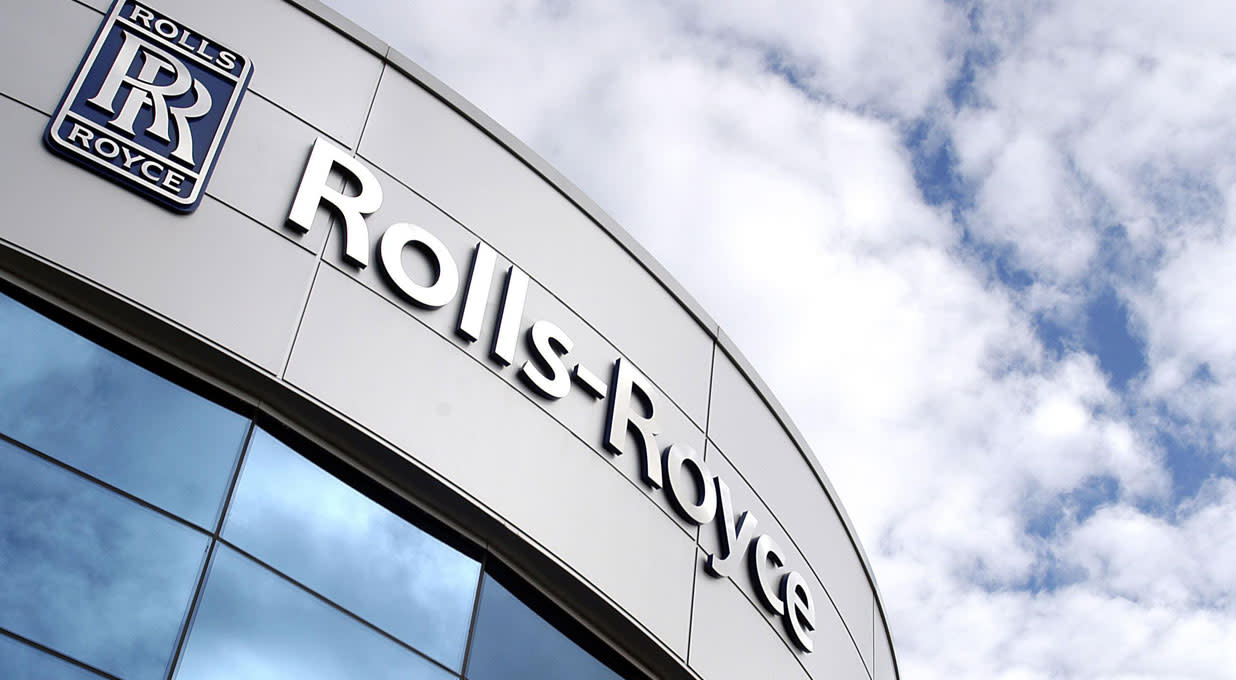Rolls Royce’s CEO, Tufan Erginbilgic, said the group has had a “strong start to the year, despite continued industry-wide supply chain challenges.”
In Civil Aerospace, large engine flying hours (EFH) have returned to 100% of 2019 levels in the four months to 30 April, driven by a growing fleet and international traffic in Asia. That EFH figure’s expected to increase to between 100-110% over the full year.
€550mn of debt has been repaid from cash on hand, and the group is now rated as ‘investment grade’ with some debt agencies.
There were no changes to full-year guidance, with the group expecting underlying operating profits and free cash flow of between £1.7-2.0bn and £1.7-1.9bn respectively. However, contractual improvements and improved margins have provided “further confidence” in achieving these targets.
The shares were broadly flat following the announcement.
Our view
Rolls Royce has continued its positive run with a strong start to the year according to group CEO. There’s now increased confidence around achieving full-year profit and cash flow guidance.
Rolls Royce produces aeroplane engines for larger, long-haul planes. A huge amount of its revenue comes from servicing those engines, with business based on how many hours those engines spend in the air.
So it was encouraging to hear so-called engine flying hours (EFH) returned to 100% of 2019 levels in early 2024. That figure’s set to soar to new heights later this year, with the group expecting EFH to hit 100-110% of 2019 levels.
Disposals and a huge restructuring effort have lightened the load of recent financial scars, and the transformation programme's showing early signs of success too. More disposals are on the cards, with Electrical division likely first on the chopping block as the group looks to free up cash for other parts of the business.
Free cash flow jumped up to a record £1.3bn last year, 27% ahead of market expectations at the time. That comes despite Rolls spending more cash building up its inventory levels to cope with the additional activity and constraints in supply chains.
With its healthy free cash flows, Rolls is making good headway in lowering its debt levels. That’s allowed the group to return to ‘investment grade’ status, according to some debt rating agencies, which helps lower the cost of future debt funding. Markets are forecasting a reinstatement of the dividend this year, but given the group’s still sporting a negative equity position - meaning liabilities outweigh assets – this isn’t guaranteed.
Rolls' position in the defence and aerospace industry is enviable - high barriers to entry mean there are very few smaller competitors sniffing around. And a multi-billion pound order book gives the group a good deal of visibility over future revenue.
The group’s mid-term guidance, which lays out targets for 2027, now looks well within reach. By the end of 2024, Rolls expects to have delivered more than 50% of the improvements set out for margins, profits and free cash flows. But keep in mind that these improvements are expected to be front-loaded, so the pace of progress is likely to slow over the years.
The group’s currently trading well ahead of its long-term average on a forward price-to-earning basis. But this isn’t a perfect measure as the long-term average has been distorted by Covid-19 disruption. Mid-term targets look achievable, with scope for some positive surprises in our eyes, but there are no guarantees. With no dividend currently on offer to make the wait more palatable, shareholders should be prepared to stomach some turbulence along the way.
The author holds shares in Rolls Royce.
Environmental, social and governance (ESG) risk
The aerospace and defence sector is high-risk in terms of ESG. Product governance and business ethics are key risk drivers. Carbon emissions from products and services, data privacy and security and labour relations are also contributors to ESG risk.
According to Sustainalytics, Rolls Royce’s management of ESG risk is strong. It has set up a safety, ethics & sustainability committee to oversee ESG issues and executive compensation is tied to performance on these issues. There is also a strong environmental policy, including a commitment to net zero and interim targets, and whistle-blower programme. However, ESG-related disclosure falls short of best practice.
Rolls Royce key facts
All ratios are sourced from Refinitiv, based on previous day’s closing values. Please remember yields are variable and not a reliable indicator of future income. Keep in mind key figures shouldn’t be looked at on their own – it’s important to understand the big picture.
This article is not advice or a recommendation to buy, sell or hold any investment.No view is given on the present or future value or price of any investment, and investors should form their own view on any proposed investment.This article has not been prepared in accordance with legal requirements designed to promote the independence of investment research and is considered a marketing communication.Non - independent research is not subject to FCA rules prohibiting dealing ahead of research, however HL has put controls in place(including dealing restrictions, physical and information barriers) to manage potential conflicts of interest presented by such dealing.Please see our full non - independent research disclosure for more information.


